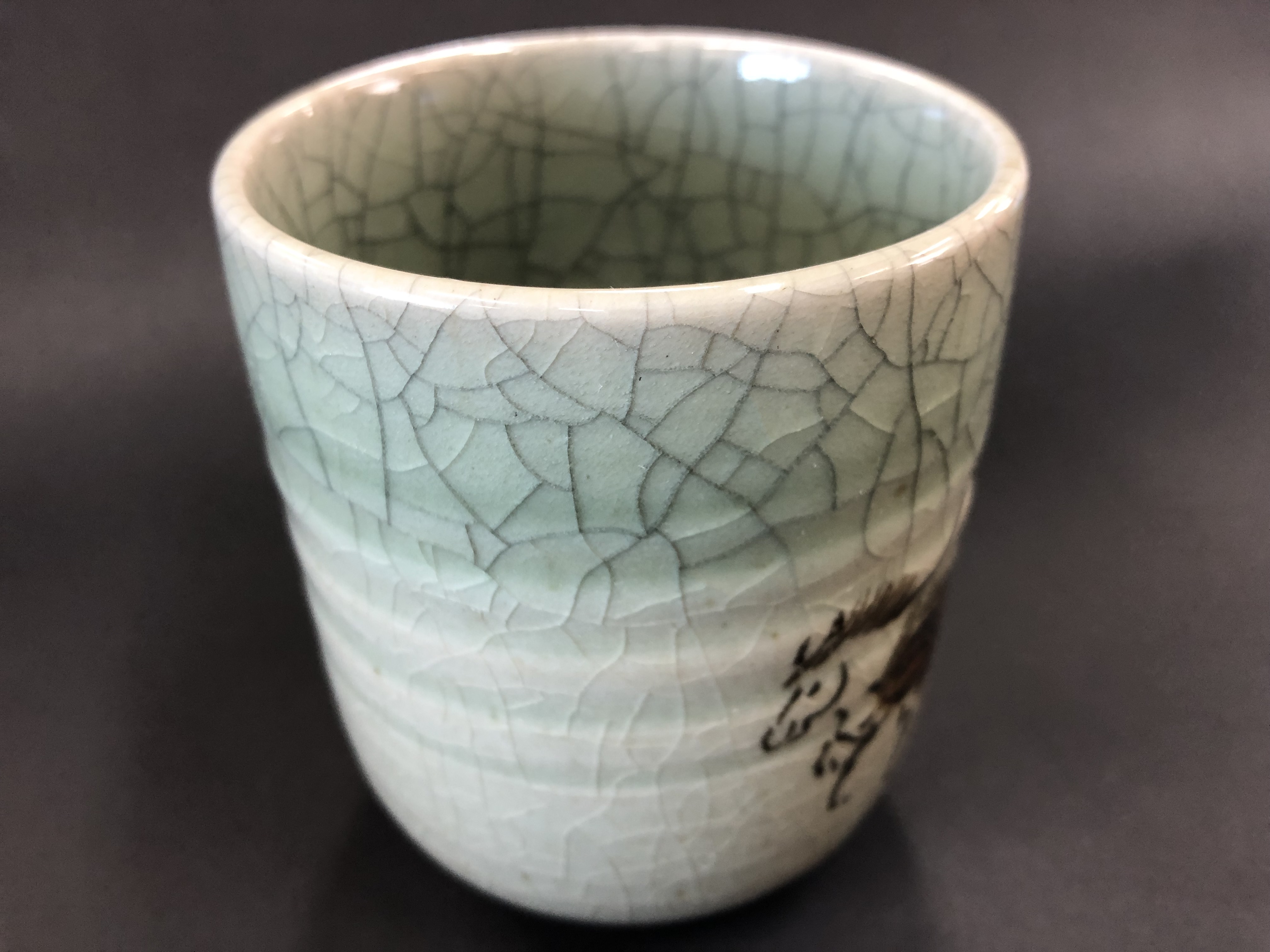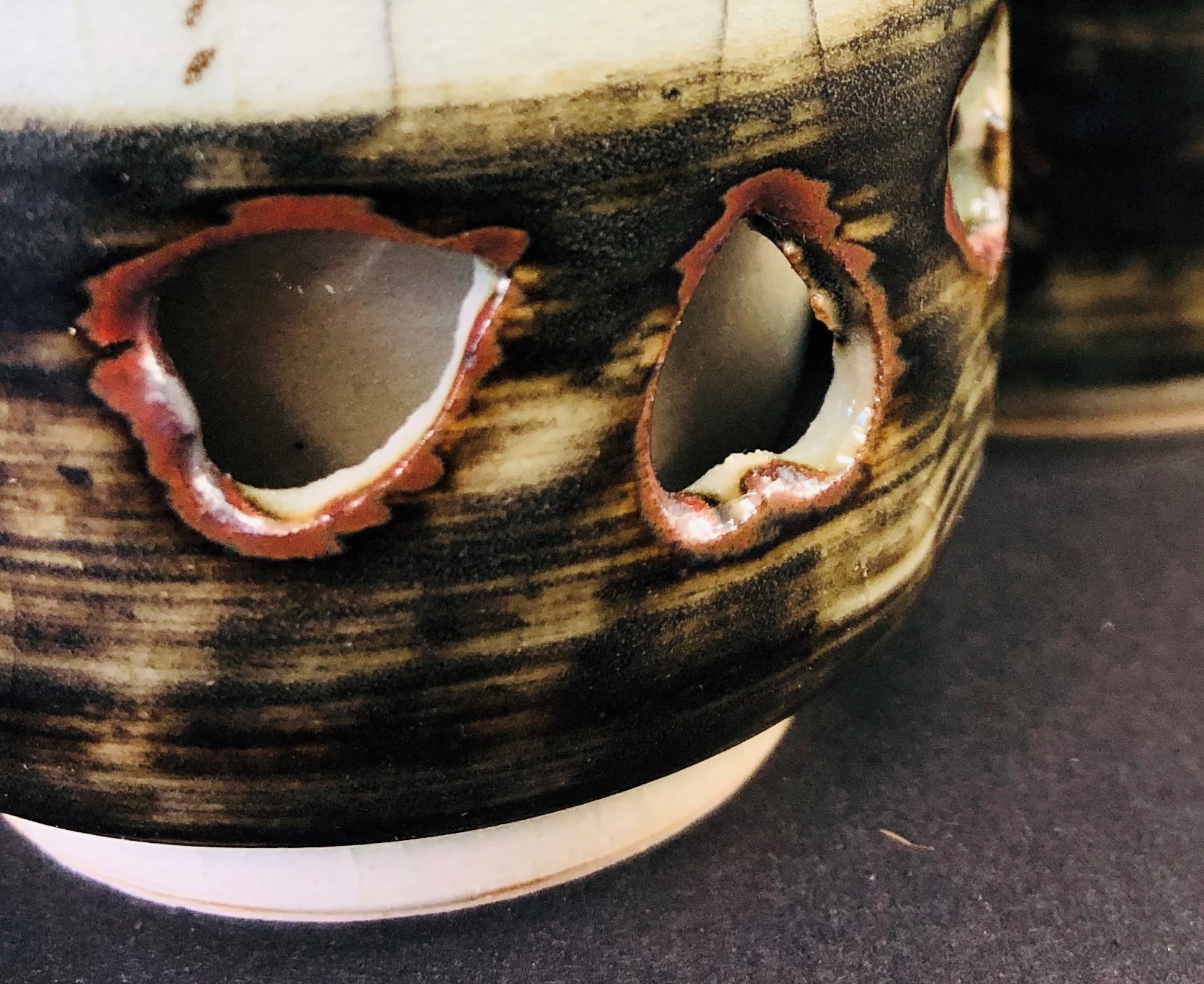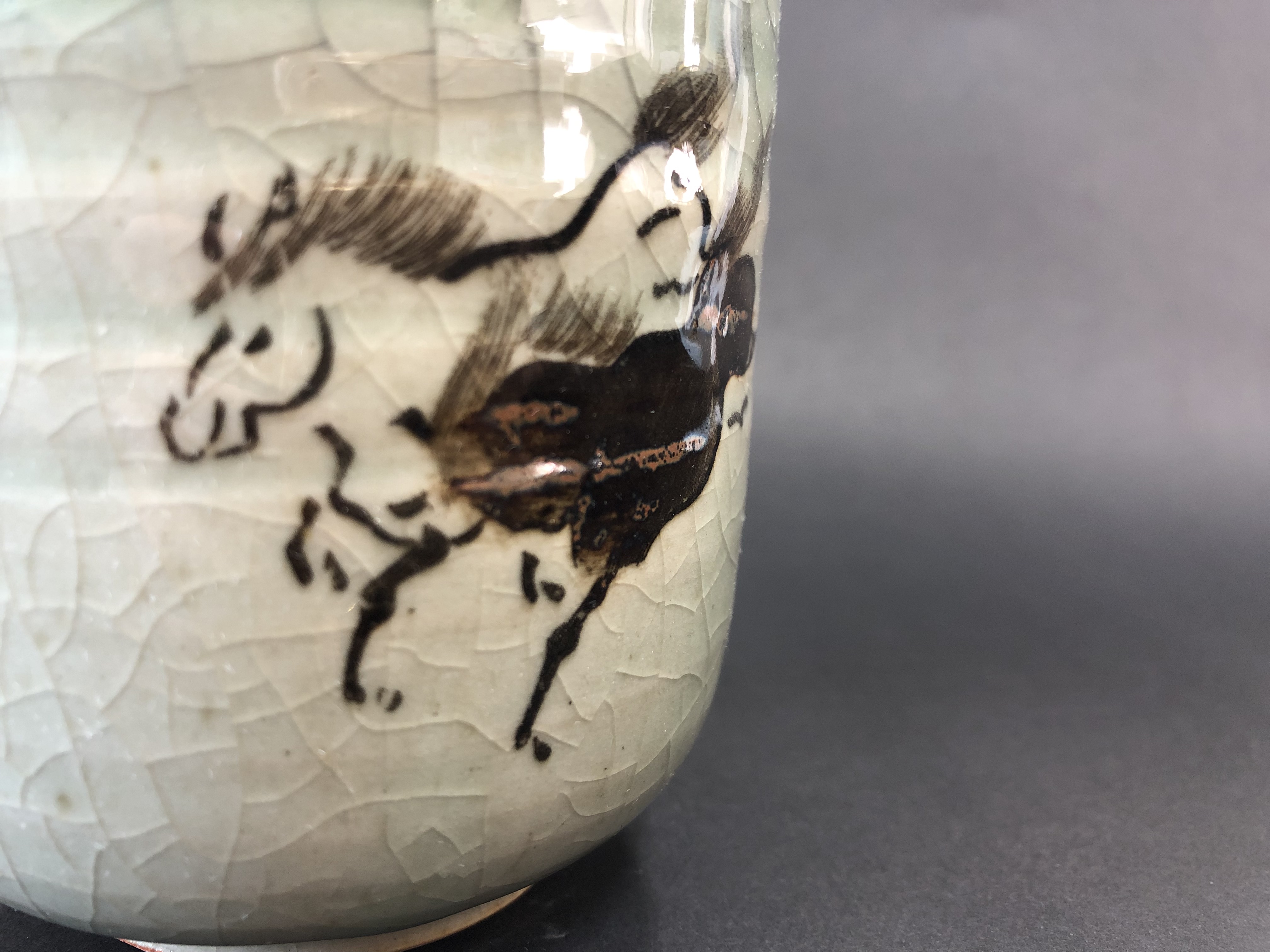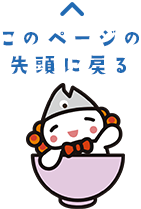本文
Obori Soma Ware
Rich history
Obori Soma Ware is a brand name for pottery wares produced in the Obori area in the town of Namie ,Fukushima. Started in the 17 th century Edo Era, it was originally called just Soma Ware, named after the Soma Clan ( han ) that was then governing the region. In 1978 it was designated a “Traditional Craft” by METI, Japan and since added Obori ” to its name to show its origin. Obori Soma Ware is now well known nationwide, as well as overseas, for its authentic style and unique features.
【Crackle glaze】
Traditional Obori Soma Ware is covered with intentional crazing called “blue crackle” ( ao hibi ), which is a crack pattern caused by the thermal expansion mismatch between body and glaze. The delicate sound that cracking glaze makes was selected as one of the 30 most beautiful sounds of Fukushima by the prefectural government.
【Double layered structure】
This structure helps to maintain the temperature of the liquid inside, while the outside remains comfortable to hold. The Obori Soma craftsmen were inspired by the use of their products in people’s daily lives to develop this unique technique.
【Drawing of a horse(s)】
The horse is a sacred horse of the Soma Clan and is drawn in a style traditional to the Kano school. The horse is always depicted running towards the left, which is a visualization of an idiom meaning second to none, and symbolizes good fortune and prosperity.
Overcoming the unprecedented disaster
Due to the Great East Japan Earthquake on March 11, 2011 and the subsequent Fukushima Daiichi Nuclear Power Plant Accident, the entire Namie Town was forced to evacuate. Obori Soma potters also had to evacuate, leaving their generations old studios and kilns behind.
In July 2012, only a little over a year from the disaster, the Obori Soma Potters' Cooperative Union opened a temporary studio with a kiln in Nihonmatsu City, about 60 kilometers away from their hometown. Some of the member potters were able to restart production using the new facility. The Nihonmatsu studio also had a shop to sell products and served as a base for the Union to receive study tours as well as offer pottery lessons for visitors.
Although the evacuation order was lifted at the end of March 2017 for a part of the town, the Obori area is still in the difficult to return to zone as of October 2020, and the access restriction has yet to be lifted.
In the nine years since the disaster, while many potters have had to choose to close their businesses, many others have never given up their hopes and have rebuilt their own new studios elsewhere in Fukushima prefecture. The tradition of Obori Soma Ware, the pride of Namie Town, has indeed survived the toughest of times.
The temporary studio in Nihonmatsu closed in March 2019 and the Obori Soma Potters’ Cooperative Union is now preparing to resume operations back in Namie Town in the near future.






